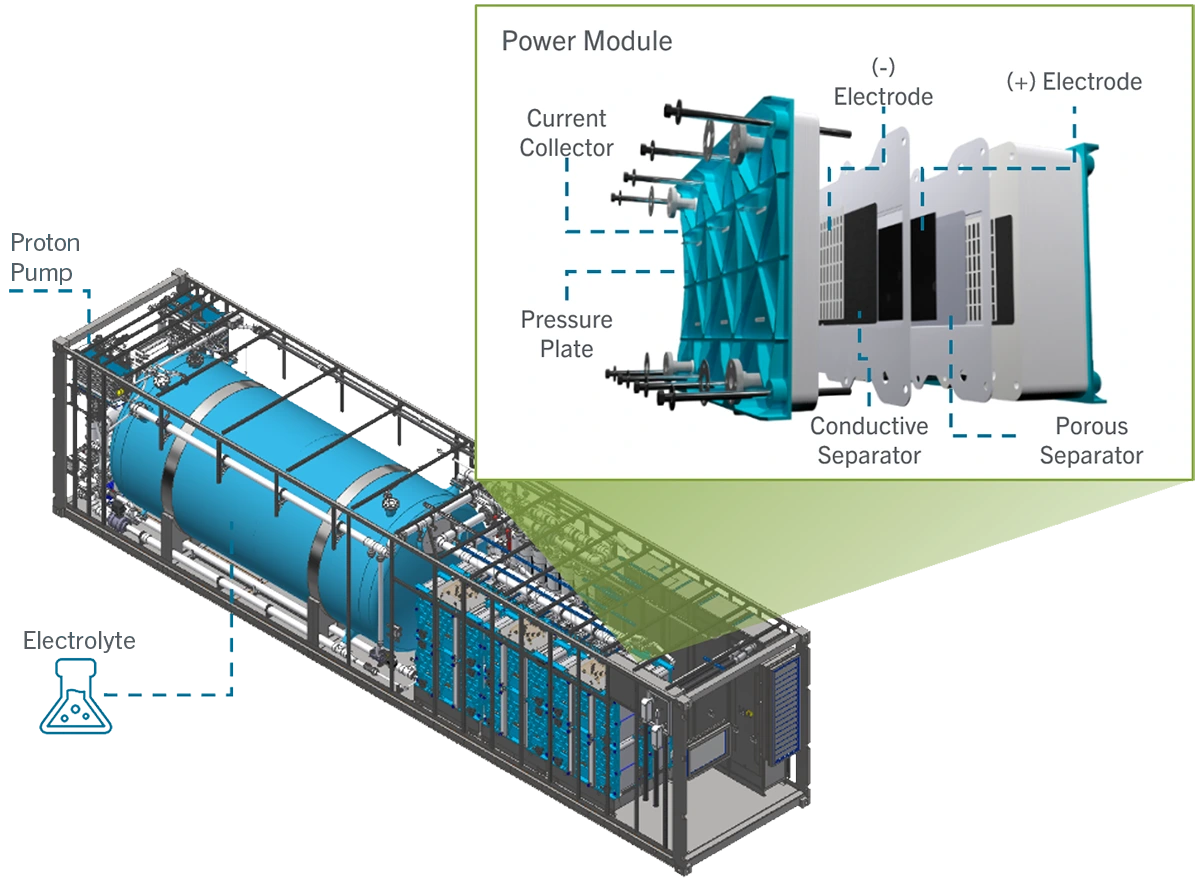Making Renewable Energy Baseload Energy
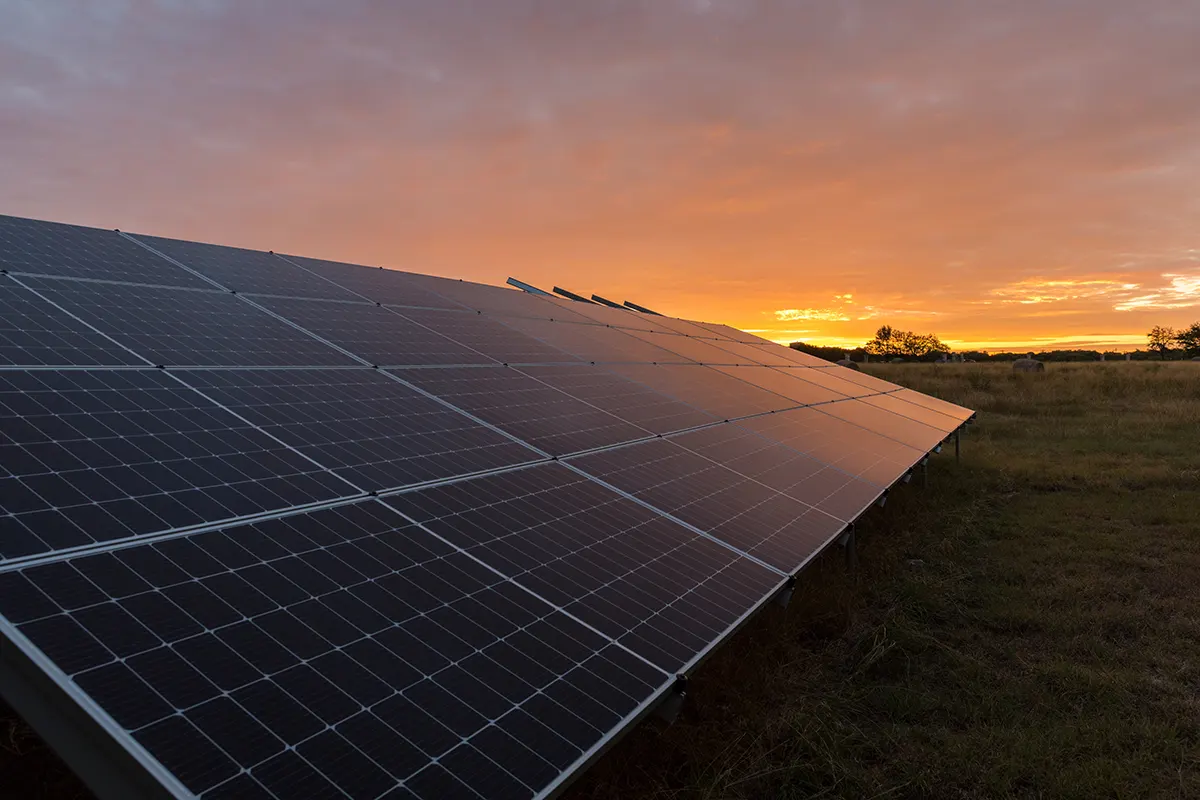
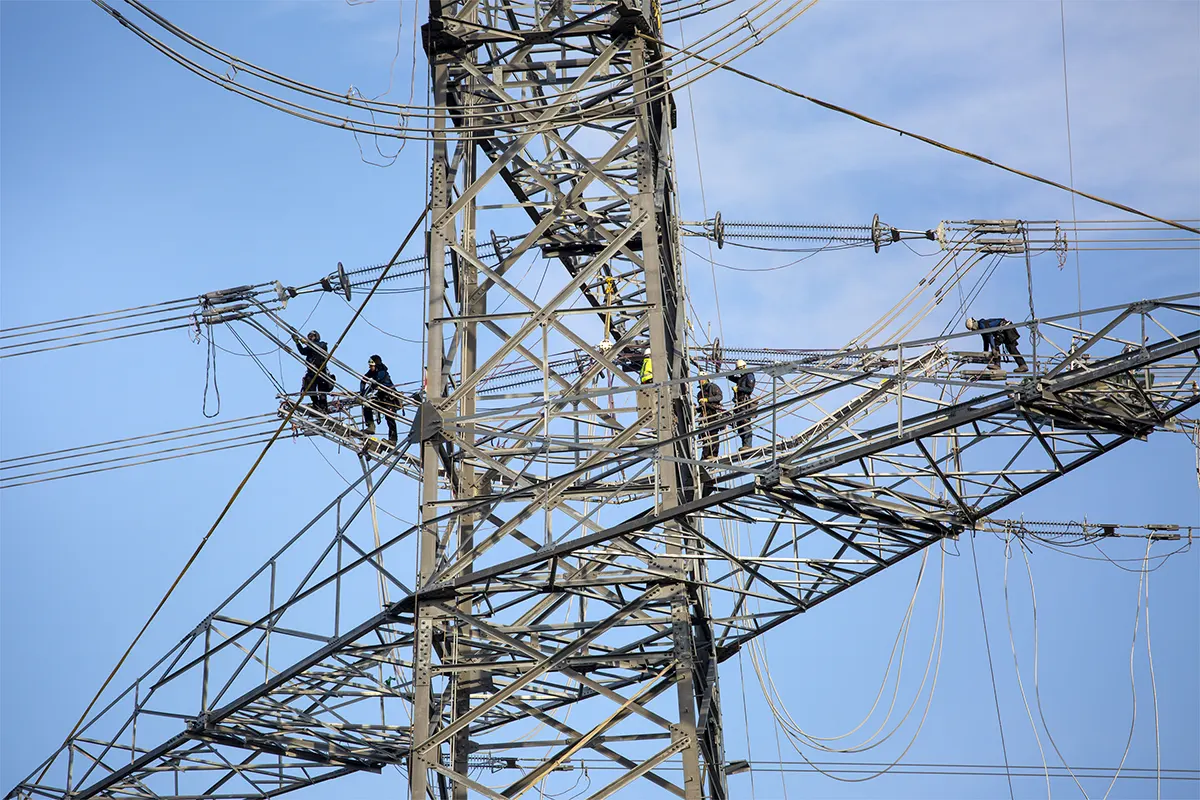
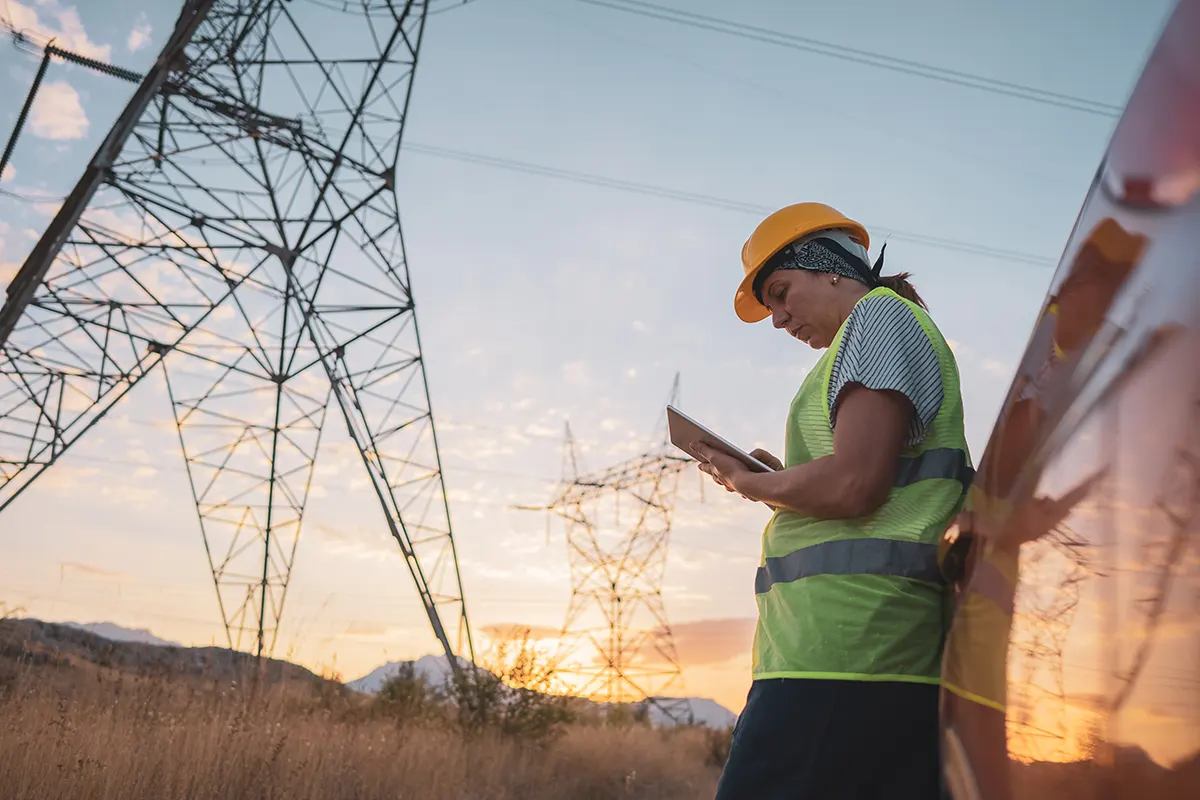
And as more and more renewable energy is added to the grid, methods for capturing that energy for later use must evolve.
These issues are solvable, today. Energy storage, and more specifically, the right kind of energy storage solves many of the big challenges facing energy.
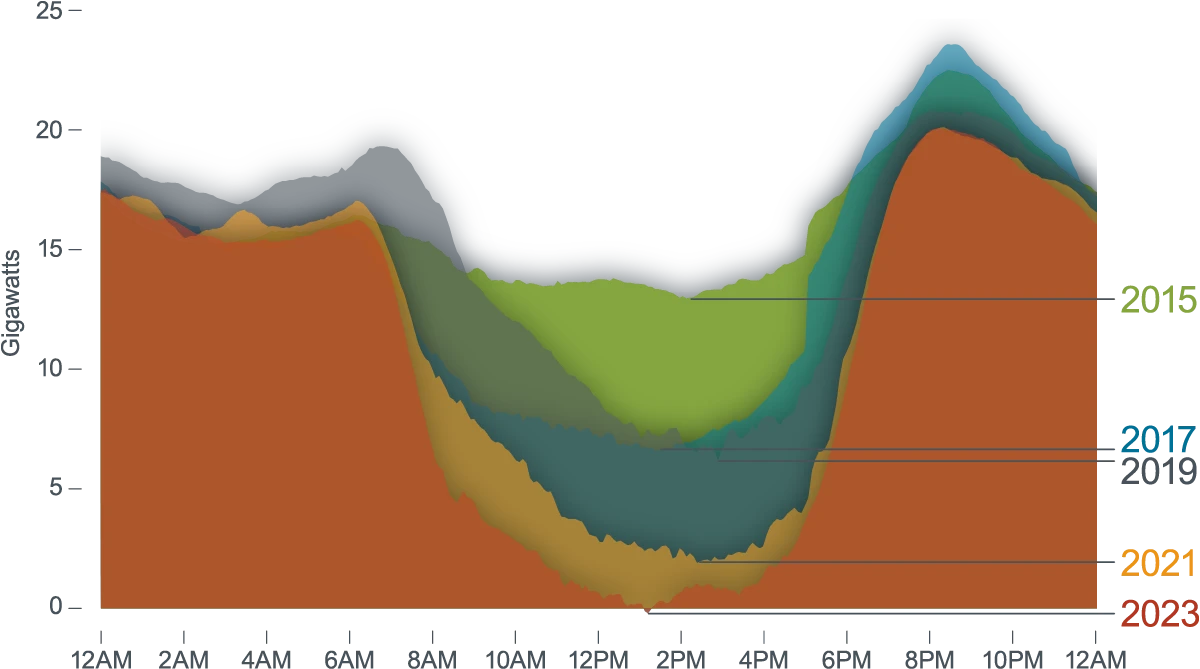
Sharper and sharper ramps turn the duck curve into a canyon curve. Overgeneration and curtailment result.
Source: EIA
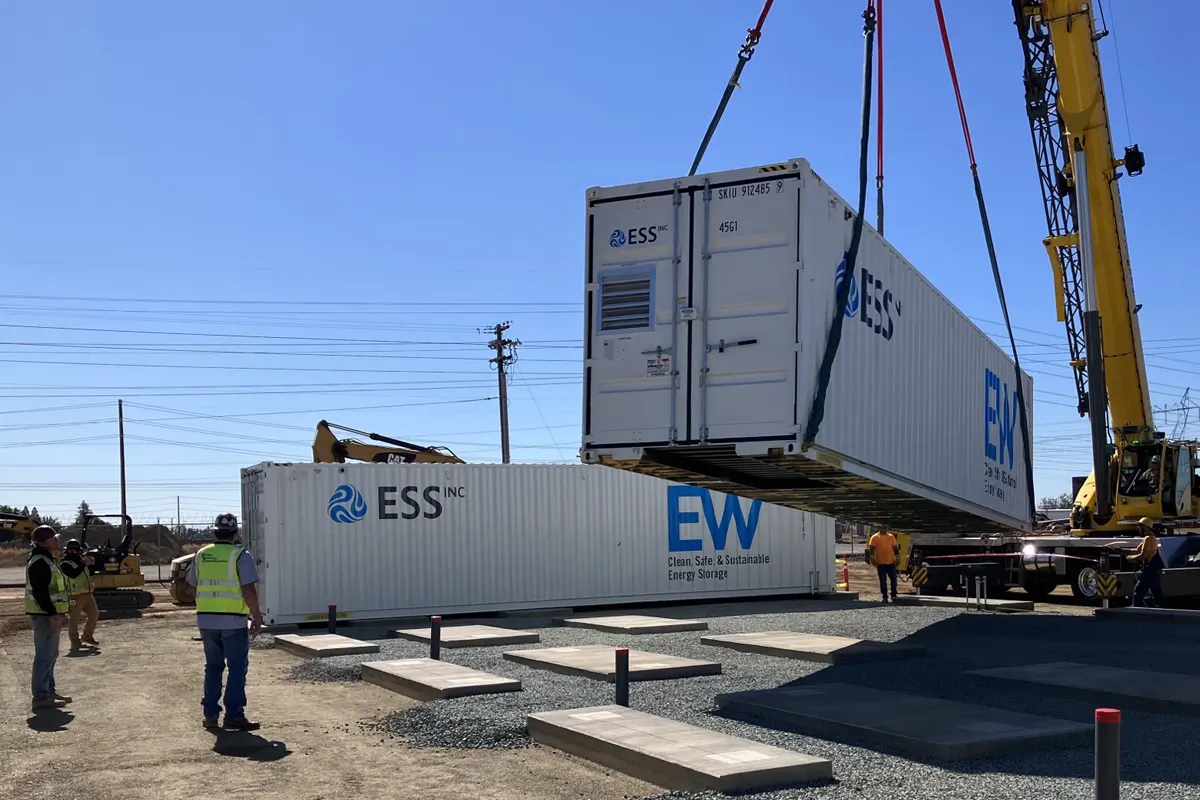
What is Energy Storage?
Energy storage stores energy when available or affordable, and different technologies provide short-duration, long-duration, or ultra-long duration energy. Short-duration batteries, like the most commonly known lithium batteries, typically provide 2-4 hours of energy. And ultra-long duration energy storage can provide 100+ hours of energy.
Most useful to transitioning to a decarbonized grid, however, are long-duration energy storage solutions. Long-duration energy storage (LDES) solutions provide at least eight hours of power. LDES solutions are ideal to manage renewable energy output, quickly respond to shifts in energy supply and demand, and offer localized energy security.
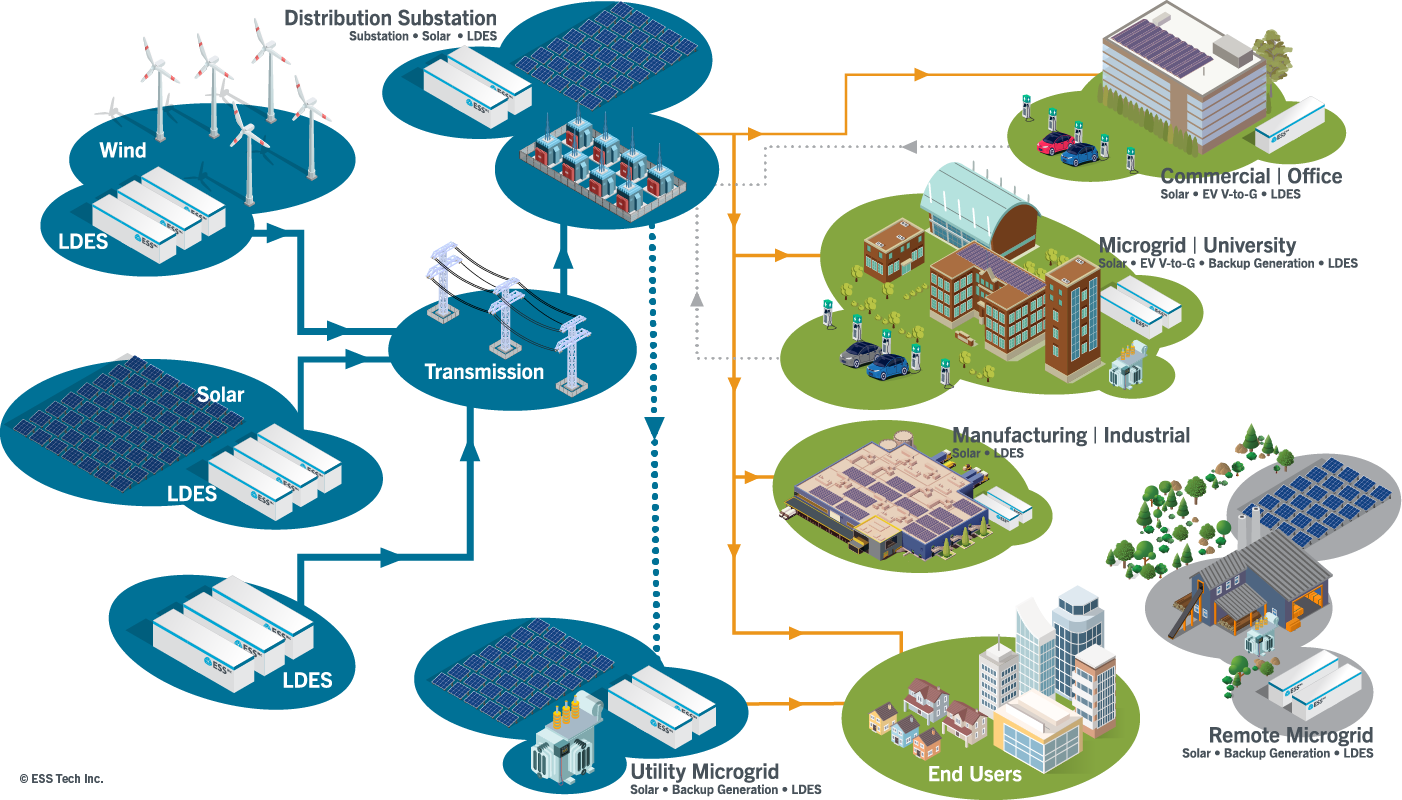
What is an Iron Flow Battery?
There are many types of battery technologies out there. Some are more commercially ready than others. Today, lithium batteries are the most well-known and widely deployed battery technology. While familiar, lithium-ion technology presents several challenges to building a sustainable, decarbonized grid, unsustainable components, problematic global supply chain, competition with the auto industry, fire risks, and challenging end-of-life disposal.
ESS technology provides a safe, sustainable, and cost-effective long-duration alternative using easy-to-source iron, salt, and water which mitigates many of these challenges.
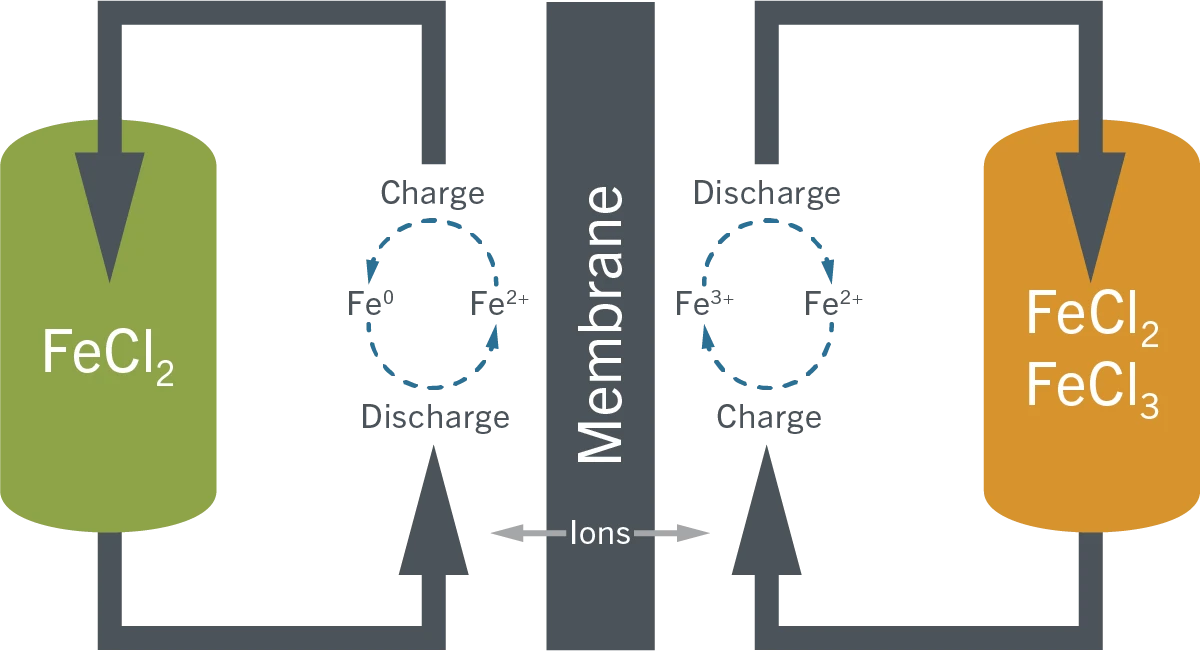
The unique electrochemistry of an iron flow battery means it’s
Safe
Sustainable
Scalable
Economical
Long-life
Recyclable
